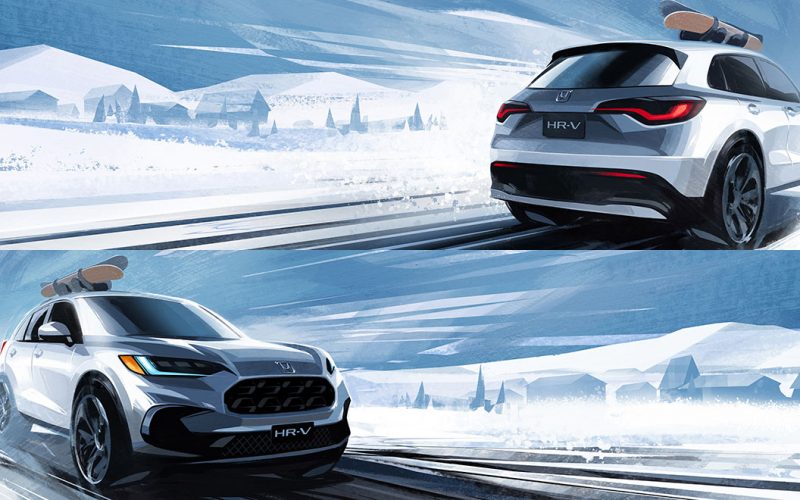
Reading Time: 8 minutesHonda is calling 2022 the “Year of the Crossover,” partially due to 2021 being the year
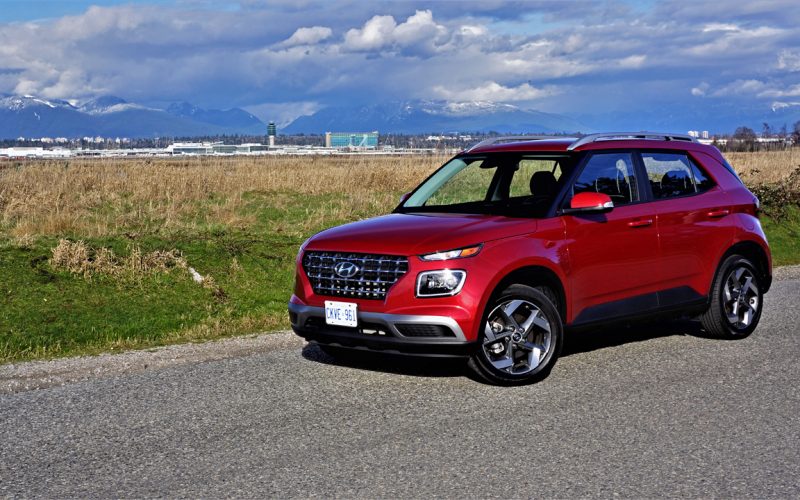
Reading Time: 18 minutesIf you want to know where the future lies in the automotive industry, just look where
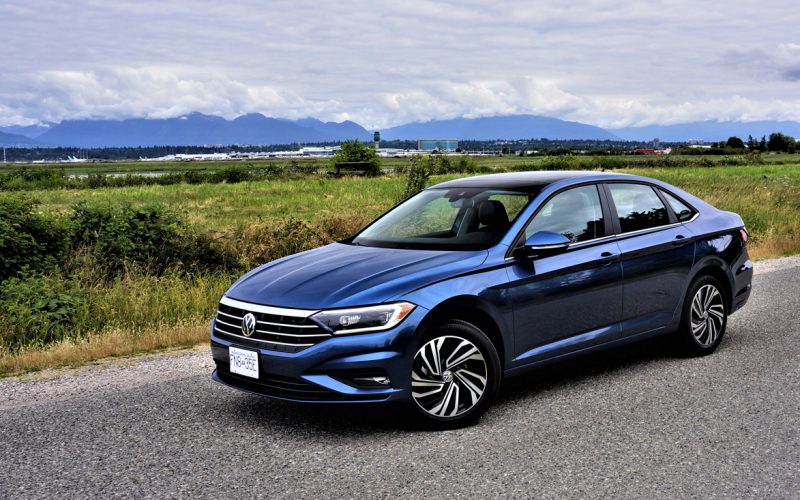
Reading Time: 14 minutesFor many in Canada, Volkswagen is more of an afterthought when considering a new vehicle. Last
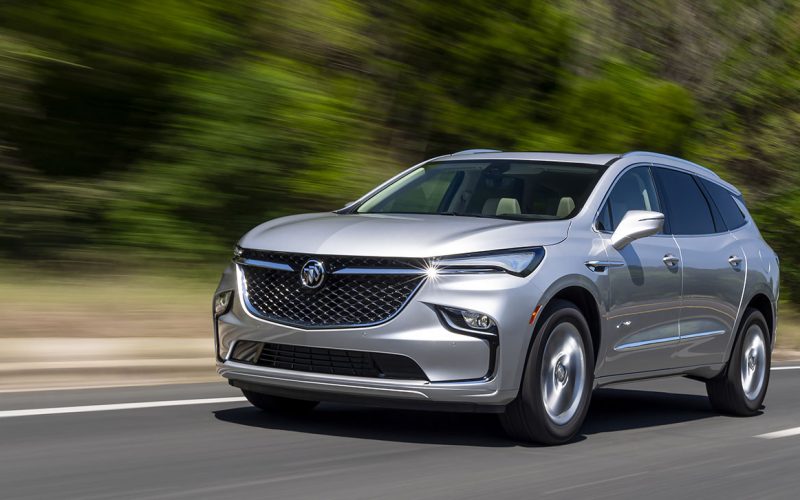
Reading Time: 3 minutesBuick just took the wraps off its refreshed 2022 Enclave, and fans of the brand should
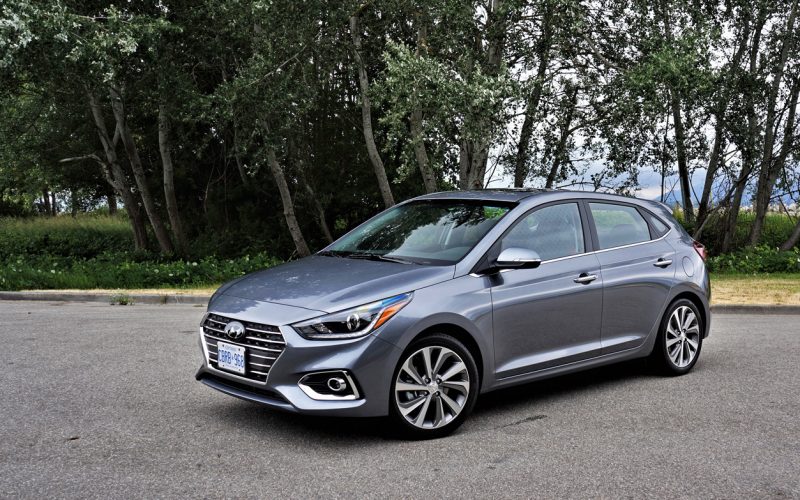
Reading Time: 12 minutesHyundai’s popular Accent hasn’t changed all that much since generation-five was introduced for the 2018 model
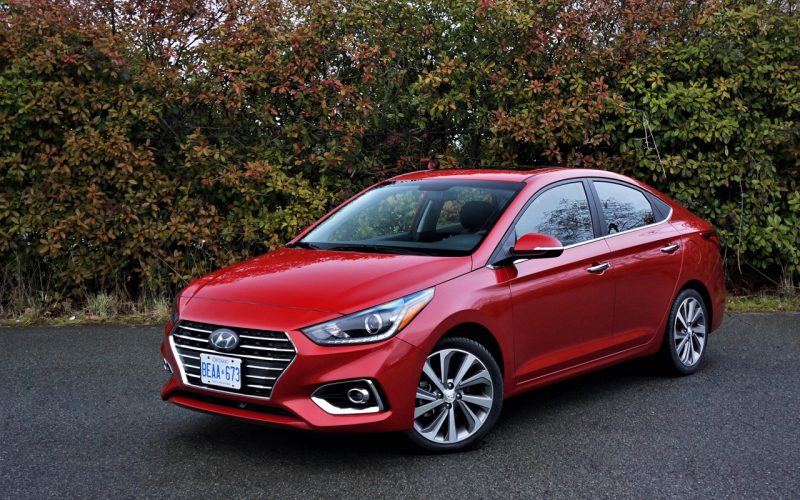
Reading Time: 11 minutesWell you’ve gone and done it now Canada. You lost your love for the Hyundai Accent
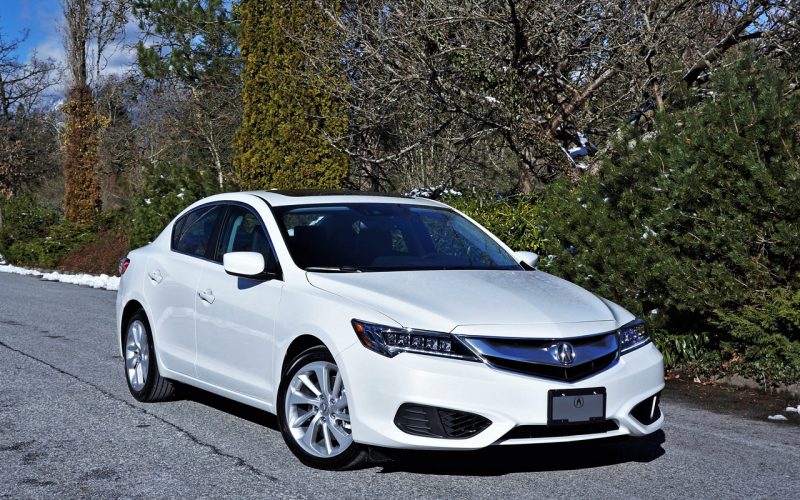
Reading Time: 10 minutesThe entry-level luxury car segment is different than most others in the industry. Unlike the larger
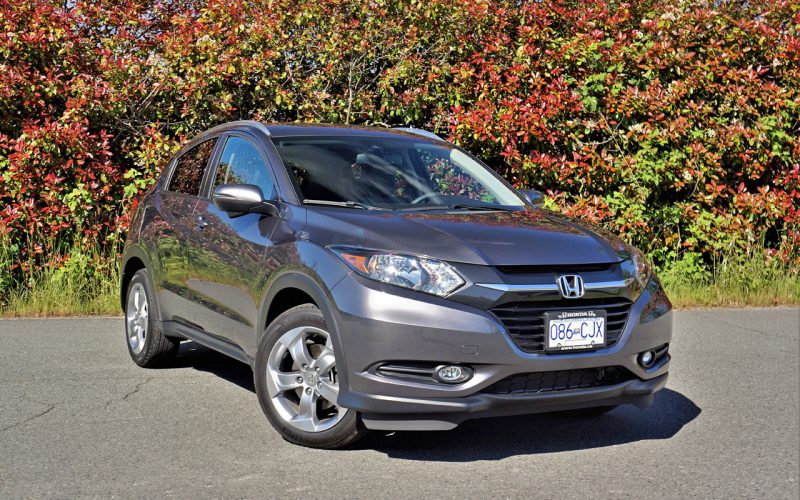
Reading Time: 7 minutesTwo years ago Honda hadn’t even staked their claim in the burgeoning subcompact SUV category, but
© 2025 The Car Magazine. All Rights Reserved, Privacy Policy | Terms of Use